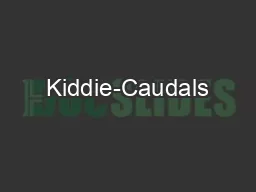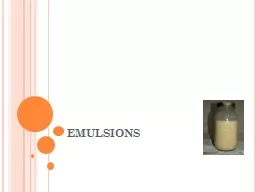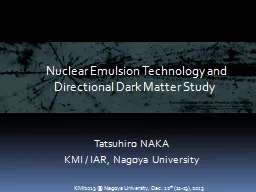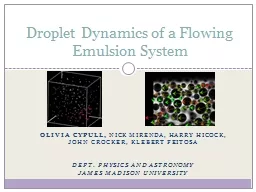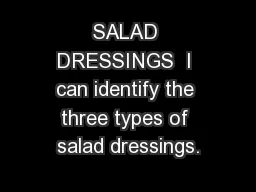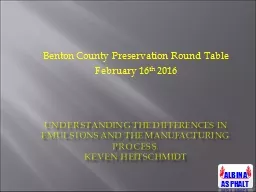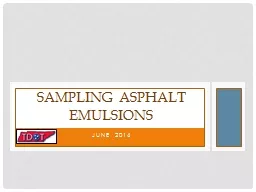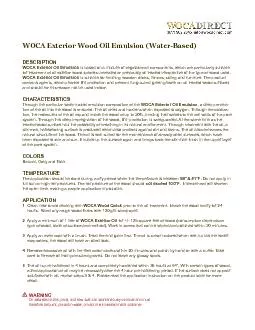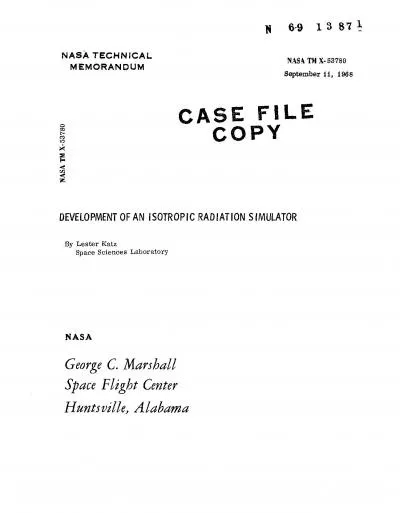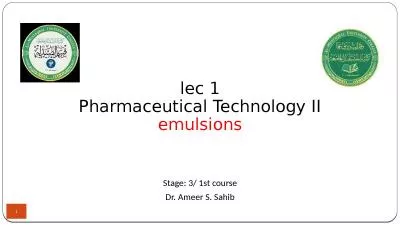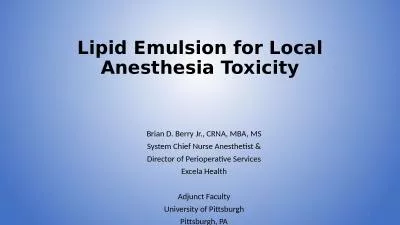PPT-Emulsion Technology
Author : myesha-ticknor | Published Date : 2016-11-21
Russell Cox SCS Summer School 2014 What is an emulsion A dispersion of one or more immiscible liquid phases in another the distribution being in the form of tiny
Presentation Embed Code
Download Presentation
Download Presentation The PPT/PDF document "Emulsion Technology" is the property of its rightful owner. Permission is granted to download and print the materials on this website for personal, non-commercial use only, and to display it on your personal computer provided you do not modify the materials and that you retain all copyright notices contained in the materials. By downloading content from our website, you accept the terms of this agreement.
Emulsion Technology: Transcript
Download Rules Of Document
"Emulsion Technology"The content belongs to its owner. You may download and print it for personal use, without modification, and keep all copyright notices. By downloading, you agree to these terms.
Related Documents


